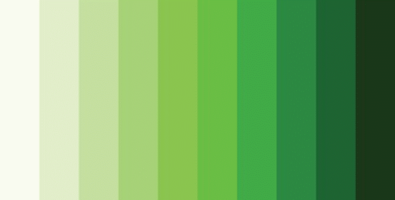Hi all,
All right, so the title might be <"slight hyperbole">, but the <"Tropica "Amazon Frogbit" (Limnobium laevigatum) page"> says:
All right, so the title might be <"slight hyperbole">, but the <"Tropica "Amazon Frogbit" (Limnobium laevigatum) page"> says:
cheers DarrelLimnobium laevigatum from South America is a decorative floating plant that is particularly suitable for open aquariums. 1-5 cm tall and leaves from 5-15 cm wide.
It is also good in traditional aquariums, because the fine, long and decorative roots provide protection to gouramies and other surface fish that like the roots of floating plants. If there are enough nutrients in the water and the light intensity is good, new leaves will appear above the water surface. It may become necessary to remove some to avoid that the plants beneath it still gets some light.
When the nutrient level in the water decreases, it will grow much slower which makes it a great indicator of the available nutrients.
Last edited:



